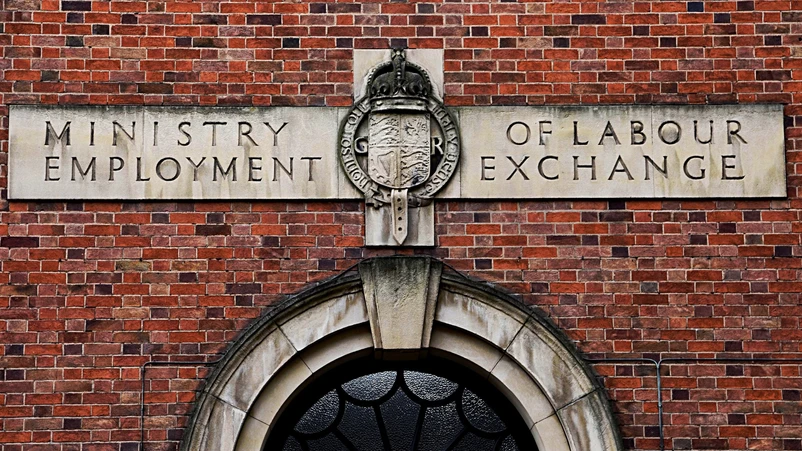UK unemployment rate finally starts to tick higher
Today's numbers will boost sentiment for a first interest rate cut being delivered by August

Today’s UK Labour Force Survey (LFS) delivered a better set of figures as far as the Bank of England (BoE) is concerned. The report showed the headline rate of unemployment in January rising from 3.8% to 3.9% and - even more importantly - the pace of wages growth continuing to moderate slightly, with the 3mth/YoY average earnings growth figure excluding bonuses falling to 6.1% from 6.2%. This marks the fifth month in a row wages growth has fallen, bringing the rate of increase significantly down from the 7.9% level seen last August. Although still incompatible with a 2% CPI target, today’s reading will at least boost confidence inside the BoE that the direction of travel remains in the right direction.
However, separate to the wages numbers and remaining something of a bugbear, is the problem that the accuracy of the unemployment figures remains an issue. The Office for National Statistics (ONS) has introduced new measures to calculate the unemployment rate, which had been suffering from a fall in the survey participation rate and out-dated population projections. With the impact of these problems being privately fingered as the reason behind the unexpected decrease in the rate of unemployment seen over H2 last year (from 4.3% to 3.8%), the ONS resumed face-to-face interviews in October, while measures to boost the size of the sample taken and update the population projections were implemented in January and February, respectively. However, the benefits of these changes will take time to fully bear fruit, while the ONS itself is also still coming to grips with this new methodology. As such today’s employment figures may simply be a correction of the previous trend rather than any sign that the labour market is materially weakening. Indeed, the ONS itself has repeated that its updated methodology remains a little suspect and that the quarterly changes in the unemployment rate being reported should therefore be “treated with additional caution.”
Other measures of unemployment, such as the PAYE numbers and vacancies figures, had been moving in the opposite direction and showing the labour market to be weakening. Accordingly, today’s LFS report means these different methods of reporting the UK labour market are at least all now moving in the same direction.
In terms of what today’s numbers mean for UK policy making, it remains too soon to suggest that we are any nearer to an interest rate cut being delivered. The key month for wages growth is April, when workers in many industries receive their annual pay increases. And in the same month, workers on the UK national minimum wage will benefit from an almost 10% increase in the rate paid, which many low-wage employers are expected to match. Further, many alternative measures of pay growth are suggesting that wages growth may well settle around the 5% level for a period of time. The BoE’s own Decision Makers Panel indicated last month that wages were expected to grow by around 4.9% this year, while Xpert HR has reported median pay settlements of 5.1% at the start of the year. As the rate of CPI continues to fall over the course of 2024, so this can be expected to exert downwards pressure on wages settlements. But the BoE will want to see concrete evidence of this before factoring anything into its policy making decisions.
Accordingly, while today’s labour market figures will be viewed positively, it is too soon to suggest that there is anything that will hasten the BoE to cut rates. At best, the figures will inject a little more confidence into market expectations of the first rate cut being delivered by August.
While today’s numbers will be viewed positively, it is too soon to suggest there is anything that will hasten the BoE to cut rates.









